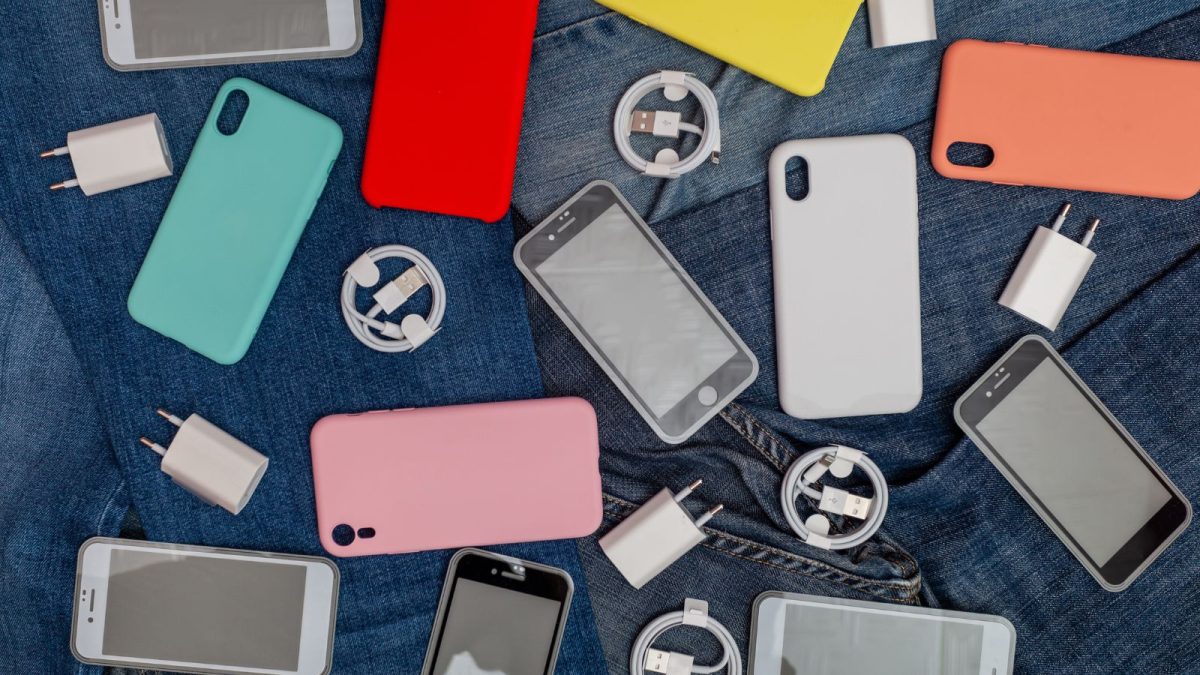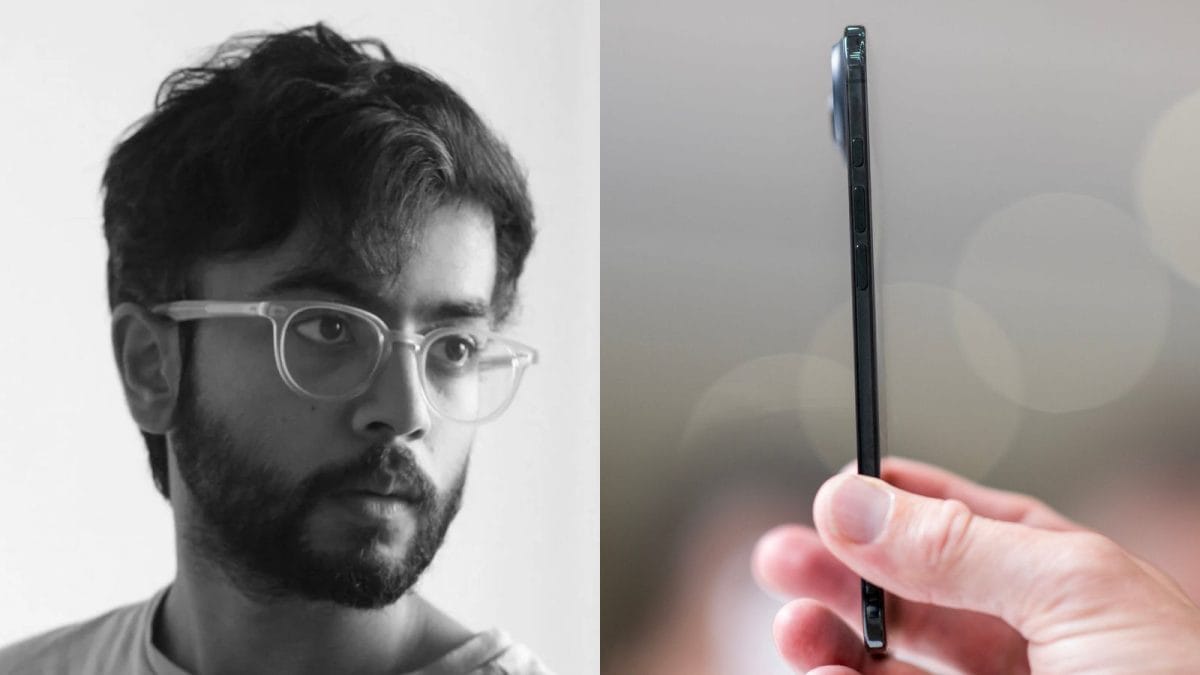Last Updated:
Once your phone reaches the retailer or buy-back agent, it’s quickly graded. If it switches on, if the screen is clean, if the battery behaves, it’s considered good for second life

A large chunk of traded phones land in refurb zones across the country. Think of Delhi’s Gaffar Market, Bengaluru’s SP Road, or small clusters in Pune, Kochi, and Hyderabad (Image: Canva)
You walk into a store, hand over the phone that carried your heartbreaks, your grocery lists, your late-night reels, your screenshots of life. You sign one form, pocket your upgrade, and step out. End of story for you. But for that little slab of glass and metal, this is just the beginning.
Old phones in India don’t retire peacefully. They enter a complicated underworld of refurbishers, traders, scrap yards, recyclers, and sometimes back-alley workshops where acid burns through metal to free a few grains of gold. And with India’s e-waste predicted to cross new highs next year, the journey of your traded-in phone quietly shapes the country’s environmental future.
The secret life of your traded-in phone
Step 1: The first checkpoint
Once your phone reaches the retailer or buy-back agent, it’s quickly graded. If it switches on, if the screen is clean, if the battery behaves, it’s considered a good bet for a second life.
If not, it’s pushed into a more brutal path. A basic data wipe is done, though in India the discipline of secure erasing varies wildly between operators.
Step 2: The world of refurbishers
A large chunk of traded phones land in refurb zones across the country. Think of Delhi’s Gaffar Market, Bengaluru’s SP Road, or small clusters in Pune, Kochi, and Hyderabad.
Here technicians work like surgeons with soldering irons. A screen gets swapped, a battery gets replaced, a charging IC gets nudged back to life.
About two-thirds to three-fourths of all phones that enter this stream return to the market as renewed or refurbished units. Most go to tier-2 and tier-3 towns, where a flagship from two years ago becomes the budget hero for a college student or small business owner.
Step 3: The phones too broken to save
If a phone refuses to revive, it becomes an organ donor. Repair shops strip out whatever can live again. A good camera module, a speaker coil, a display panel, a single healthy battery cell.
Everything has value somewhere in the chain. These parts extend the lives of thousands of other phones and delay the moment they too fall into the waste stream.
Step 4: The final stage no one sees
When a device can no longer be repaired or cannibalised, it enters the end-of-life tunnel. This is where India’s e-waste story becomes blurry. Batteries should be handled carefully because lithium-ion packs can explode, leak or ignite.
Printed circuit boards contain gold, silver, copper and trace metals that recyclers try to extract. Plastics get shredded or dumped. Screens are broken down into glass and backlight components.
But India’s biggest problem is not the recycling process itself. It’s who is doing the recycling. Most of the country’s e-waste still ends up in the informal sector — unregistered units, makeshift workshops, open burning pits, acid drums over wood fires.
Here, workers without gloves or masks dissolve circuit boards to collect metals worth only a few rupees. Valuable materials are wasted because crude methods destroy them. Toxic fumes mix with soil and groundwater. It is extraction by survival, not science.
India’s rising e-waste mountain
E-waste in India has been climbing year after year. The country generated close to 16 lakh tonnes of electronic waste from official categories recently, and phones contribute a significant share.
Forecasts suggest India could head towards more than a million tonnes of mobile-related e-waste by 2025. Our upgrade cycles are getting shorter. Our repair culture survives but weakens. And urban India now treats smartphones like disposable fashion.
The formal recycling system is expanding, but still nowhere close to the scale needed. Even today, only a portion of the e-waste generated goes to authorised recyclers. The rest leaks into scrap yards, kabaadi lanes and illegal dismantling clusters.
Why your old phone’s journey matters?
Resource loss
Smartphones contain precious metals. Not metaphorically. Literally. Tiny specks of gold, silver, copper, palladium, rare earths.
When phones vanish into landfills or informal burning pits, that treasure is lost forever. To make new phones, fresh metals must be mined again, repeating the environmental damage upstream.
Health and environmental risks
Improper disposal releases heavy metals into soil and water. Workers handling acid baths and burning wires inhale fumes that scar lungs and damage organs. The cost is invisible until it shows up in health patterns across dismantling hubs.
Data risks
A phone that is not properly wiped may leak old photos, documents, passwords or chats. In the refurb chain, a single careless step can expose personal data. This rarely becomes public, but the risk is real.
The system meant to manage this
India has modern e-waste rules, and companies now have extended producer responsibility targets. In theory, brands must collect and recycle a percentage of the products they sell.
In practice, enforcement is uneven. Collection networks are thin. Awareness is low. And the informal sector remains the largest, fastest and cheapest processor which is why it still dominates.
What happens next: the future of your traded-in phone
If India strengthens formal recycling, improves collection, and nudges consumers into responsible disposal, traded-in phones can become part of a circular economy where metals are recovered, pollution falls, and fewer resources are mined.
If not, old phones will keep disappearing into the grey economy — resurfacing only as fumes, poisoned soil, and lost materials.
A quiet truth
Your traded-in phone will outlive your memory of it. It will be repaired, stripped, reborn, shredded, melted, or buried.
In a country of a billion devices and rising consumption, the smallest object in your pocket becomes part of a national environmental story the moment you let it go.
And the next time you trade in a phone, maybe you’ll pause for a second. Not out of nostalgia, but because its afterlife is bigger than you think.
November 18, 2025, 11:21 IST
Stay Ahead, Read Faster
Scan the QR code to download the News18 app and enjoy a seamless news experience anytime, anywhere.








